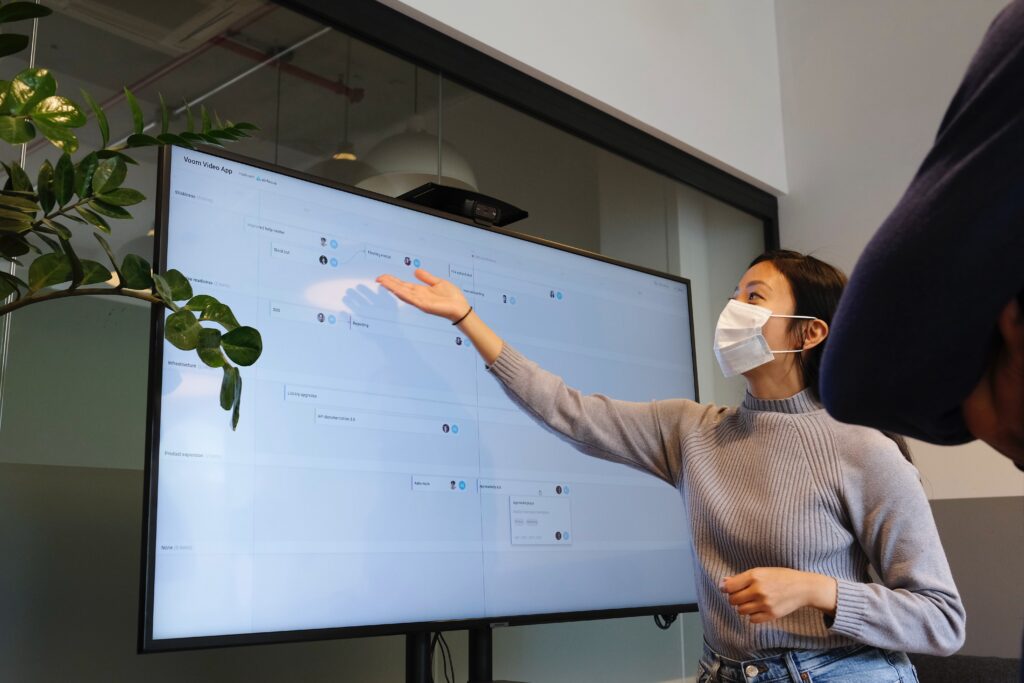Tips for Accessible Presentations
The following is a list of suggestions developed by the JPDS Organizing Committee on how to make your presentation more accessible. Please note that this list is not exhaustive. If you have any recommendations on how to improve this document, please let us know by sending an email to sjpd-jpds@uottawa.ca.
When presenting (e.g., posters, paper presentations, Ignite):
- Introduce yourself and your pronouns. For virtual presentations, you can change your Zoom name to include this information.
- Consider sharing your slidedeck and any speaker notes with the Organizing Committee in advance so that they may be shared with attendees.
- For virtual presentations, share any links that are on your screen in the chat.
- Repeat audience questions. For virtual presentations, read out any questions that might be in the chat.
In both written texts and spoken languages:
- Keep sentences short (<20 words)
- Use active voice
- Use first person instead of third when referring to your own research
When designing posters and slide decks:
- Use headings and subheadings to separate and describe content
- Include descriptive captions for any photos or videos and describe any images you share with the audience
- Limit any text in PowerPoint or slide decks to no more than 6-8 lines
- Use a font that is at least 18 pt with a high contrast to the background colour
- Use a font where characters are designed to look different from other characters (e.g., number one, capital i, and lowercase l)
- Use a font that has sufficient spacing between letters so that characters are not mistaken for one another (e.g., rn and m)
- Arial or Calibri are often considered accessible fonts but you do not have to limit yourself to these fonts
- Prioritize readability over style. Less is more.
- Keep your style consistent (e.g., 1-2 different fonts, background colour, location of headings)
- Avoid using all capital letters
- Avoid bright or neon colours
- Avoid white text on dark backgrounds if your audience is more than 20 feet away
- Avoid white backgrounds when presenting in large, dark rooms

References
Kovac, L. (2018). Accessible writing style. AODA. https://www.aoda.ca/accessible-writing-style/
Pun, K. (2016). Dos and don’ts on designing for accessibility. UK Government. https://accessibility.blog.gov.uk/2016/09/02/dos-and-donts-on-designing-for-accessibility/
Institute for Disability Research, Policy, and Practice. (2023). Contrast checker. Web Accessibility in Mind. https://webaim.org/resources/contrastchecker/